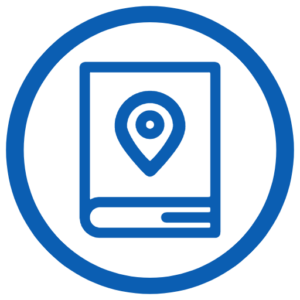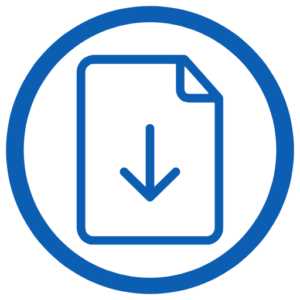A Guide to Computation and Use of System Level Valuation of Transportation Assets
Welcome to the web version of A Guide to Computation and Use of System Level Valuation of Transportation Assets. This guide describes how to calculate the value of transportation assets to support transportation asset management. Asset value is an important piece of financial reporting and transportation asset management (TAM). It can be used in financial statement balance sheets, it communicates what an agency owns and maintains, and it supports investment decisions. Financial reporting standards and requirements dictate how to perform the calculations; however, in practice, there is no single correct way to measure an asset’s value.
This guide provides guidance on how to calculate asset value, including three different perspectives each suited to different purposes, and a simple, 6-step approach to conduct the computation. It should be noted that though this guide is consistent with the standard practices, it is not an official accounting or financial standard.
Calculating asset value for TAM is consistent with best practices in TAM. Also, it is required of state Departments of Transportation (DOTs). Title 23 of the United States Code (USC), Section 119 (e)(4) requires state DOTs to develop a risk-based Transportation Asset Management Plan (TAMP) for National Highway System (NHS) pavement and bridges in their state. The TAMP is required to detail the state DOT’s financial plan and investment strategies. Title 23 of the Code of Federal Regulations (CFR) Part 515.7(d)(4) further stipulates that the TAMP financial plan should include asset value for NHS pavement and bridges, and the cost to maintain value. In addition to using asset value to satisfy reporting requirements, agencies can use asset valuation as one component in calculating the costs and benefits of their investment decisions, particularly if an agency calculates asset value based on the economic perspective described in the guidance.
To comply with the Government Accounting Standards Board (GASB) Statement 34, agencies also record their assets’ book value in annual financial reports. GASB 34 allows for either a standard (i.e., historic cost with straight-line depreciation) or modified approach. Frequently U.S. agencies use different approaches for calculating asset value in financial reports than that used for their TAMP given differences in the requirements for and applications of these documents.
Guide Chapters
Navigate the site chapter-by-chapter, exploring all of the figures, charts, and content. Or download the guidebook by chapter for your own perusal.
Calculation Steps
Follow along with the detailed step-by-step process for calculating transportation asset valuation.
Guidebook Download
If you would like to review the guide without having to navigate the website, please use this link to download a PDF copies of each guide chapter.
Asset Valuation Video
A brief summary of the asset valuation guide in video format.
ACKNOWLEDGEMENT OF SPONSORSHIP
This work was sponsored by the American Association of State Highway and Transportation Officials, in cooperation with the Federal Highway Administration, and was conducted in the National Cooperative Highway Research Program (NCHRP), which is administered by the Transportation Research Board of the National Academies of Sciences, Engineering, and Medicine.
DISCLAIMER
This is an uncorrected draft as submitted by the research team.
This material is based upon work supported by the FHWA under Agreement No. 693JJ32350025. Any opinions, findings, and conclusions or recommendations expressed or implied in this document are those of the researchers who performed the research and are not necessarily those of the Transportation Research Board; the National Academies of Sciences, Engineering, and Medicine; the FHWA; or the program sponsors.
No warranty is made by the developers or their employer as to the accuracy, completeness, or reliability of this software and its associated equations and documentation. No responsibility is assumed by the developers for incorrect results or damages resulting from the use of this software.
COPYRIGHT
This material and the copyrights therein are owned by the National Academies of Sciences, Engineering, and Medicine.


